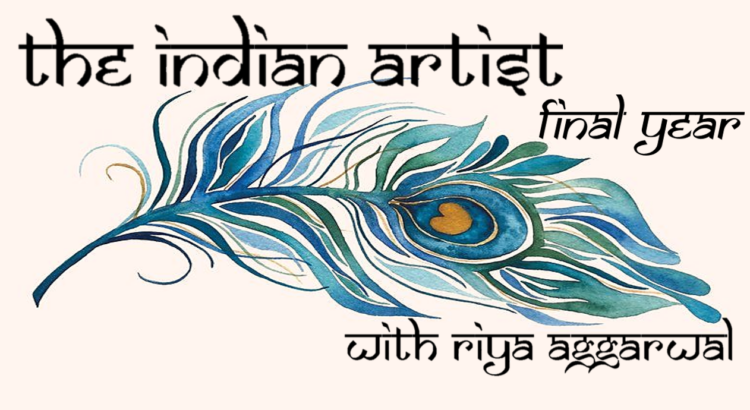Good Morning! I hope that you are all doing well! To wrap up the semester I wanted to do an informative post on some techniques that I true love that were expanded and developed from the Age of the Renaissance. There are four significantly different modes of techniques in the Renaissance paintings that were widely spread by many great masters. They were applied superbly to create brilliant and spectacular art treasures.
1) Cangiante

In the early Renaissance, the primary modes of painting were based on Fresque and Tempéra. At that time there were only a few kinds of pigments used, as skill and materials were limited. Therefore, artists adopted relatively simple methods to express color and value, such as the intrinsic color of the object mixed with black in order to represent shading. That’s the reason Cangiante emerged. The main purpose of this technique is to replace the highlights and shades by using analogous colors as long as the value and hue do not show too big a difference when compared to the actual color. We can see in Giotto’s works that he used this practice occasionally.
2) Chiaroscuro

Now this one is my personal favorite! Chiaroscuro uses light and shade to express three-dimensional forms and space. In the early Baroque period Caravaggio composed his paintings with strong lighting on the main subject. He used a dark background and emphasized the contrast of light and shade in order to achieve a dramatic effect that was similar to stage lighting. This technique is used to compose images effectively by using light and shadow to create the effect of three-dimensional space and the beauty of a sculptural figure on a flat plane. If, for example, we were to depict a man standing outdoors, we would realize from observation that the natural light comes from all directions. This is not the same as painting the effects of light and shade as if lit by a shaft of light from a single source. Think about a candle lit in a pitch black room. The purpose of this arrangement is that it is convenient way for artists to show three- dimensional forms but the result is totally different from reality.
I have subtly begun to apply Chiaroscuro to my paintings and plan to create a more exaggerated piece very soon!
3) Sfumato

The most significant part about Sfumato is that painters use very fine transparent pigments and a glazing medium which has the ability to flow smoothly and spread easily. The basis of this method is the careful superimposition of glazes applied layer by layer. The color of each layer is so subtle, light and thin that it is hardly to be observed. Also, every coating layer had to be completely dry before applying the next one with a different transparent color. As it is applied, changes are made, and the glazing is adjusted according to differences in the object’s structure and the changing of light and shadow. With the process of applying up to ten of layers of glaze the colors are slowly enhanced to a rich tone and the edges are blurred. After much painstaking work, finally it had led to a mysterious and soft visual effect. Because of the manipulation of successive glazing, what people actually see is not the result of oil paints mixed on the palette, but a natural combination of whole colors under the optical effect of light going through layers of delicate and magnanimous glazing. This is famously applied and implemented by Leonardo Da Vinci.
4) Unione
Unione has many similar attributes to Sfumato. It is one of the most famous techniques of the Renaissance. It is regarded as a prominent technique rather than a perspective technique. It plays an

integral role in enhancing the work of art. This method relies on the smooth transformation of colors without any hint of hard lines. However, it differs from Sfumato due to the intensity of the colors being used.
Where Sfumato relies on smoothing colors by dark or ling pigment which reduces the intense colors in paintings, Unione is focused on the intensity. It tries to improve the eye-soothing parts o the images to make the picture even more vibrant, colorful and lovely. By following this method, the works are able to represent the value of the color, while at the same time they form the shapes with delicate transitions from light to shade. The outcome is colorful and dazzling. Raphael was responsible for revolutionizing this technique.
All of these techniques were revolutionary for their time and have helped set the stage for post-Renaissance and modern artists. Without knowing it, all artists implement one of the above techniques in some way. All modern teachings are expanded from these first four canonical modes of painting. Maybe I’ll try and implement all four in a painting one day!
Sources:
https://artpaintingartist.org/the-four-canonical-painting-modes-of-the-renaissance/
As always, if any questions or thoughts arise, please comment or reach out to me! Thank you for reading!
Until next week,
Riya
Instagram: @riya_agg.art
Portfolio: https://theindianartist.weebly.com/



Leave a Reply
Be the First to Comment!